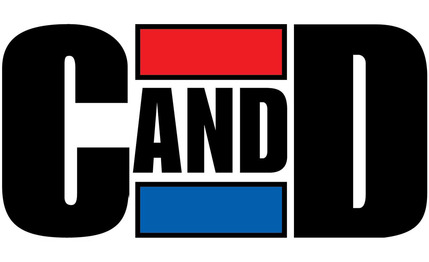 Road Test
Road Test
Upon attaining 40 years of existence on this planet, some guys quit their jobs as insurance adjusters, sell off their muni bonds, and run away with the big-haired waitress at Thumper's Third Base Saloon (motto: "Last Stop before Home").
So far, we have survived 11 months of Car and Driver's 40th anniversary without any crippling psychosexual crises — at least any that our readers or in-laws have reported to the authorities.
Well, that's not exactly true. We have expended many suspiciously weird hours of our 40th year tinkering with a throbbing satyr of a project car. We have even persuaded ourselves that it possesses historic significance and a social conscience. Also, it has enough horsepower to mesmerize big-haired waitresses.
A year ago, when we discussed which model would be the most appropriate project car, we felt certain that it should be a domestic that was available when Car and Driver (know as Sports Cars Illustrated at the time) was born but is still on the market today. That left us with about two viable choices: either a Thunderbird or a Corvette. When editor Csaba Csere reminded us that 1995 had coincidentally marked the 40th anniversary of the Chevy small-block V-8, minimal thinking was thereafter invested. Or so it seemed at the start.
First, we bought a 1995 Corvette. Nothing fancy, just an arctic-white base LT1, with an optional blue-tinted removable roof panel ($650). The as-delivered price: $40,061. The project got off solidly: This car turned out to be the best-tracking, best-riding Corvette any of us had ever tested.
"So it's a cinch for you guys to screw it up," noted Csere somewhat undiplomatically, although we knew he was probably correct.
Next, we debated what we should do to the engine, a discussion in which we quickly reached emphatic consensus. Here was our answer: everything. Still, the car had to be street legal and emissions certified in 49 states. It had to be something we could use as a long-term daily commuter throughout a chunk of C/D's 41st year. And it had to be a Corvette that readers could duplicate in their own mid-life crises.
Oh. One other thing. Did we mention that it also had to achieve 200 mph?
This is approximately when John Lingenfelter mysteriously got wind of the project, possibly because we called him nine times. Lingenfelter, 49, is to Corvette tuners what Luther Lassiter was to pool hustlers. He is also the guy most likely to get evicted from his quintessentially Midwest shop in Decatur, Indiana, where the nearby dairy cows have not yet come to terms with the shriek of his dynamometers.
Over lunch, Lingenfelter asked what size engine we were considering. Someone suggested: "It should be something historic in the Corvette's evolution, like an injected 327, maybe the four-cam LT1."
Someone else, possibly me, said: "Too bad it couldn't be a big-block, 'cause then we could do a 427. All the world adores a 427 Corvette."
Hearing these words, the usually quiet Lingenfelter, nursing a Rusty's Road Knight Amber, practically knocked over the table.
"A 427, yessss," he hissed, as both of his grizzly-size forearms shot out in a gesture of embrace. "I've wanted to do that for two years. I'll give you 427 cubic inches from an aluminum small-block."
There was silence for two beats as we pondered whether John had overindulged in adult beverages. Then someone asked, "Well, would it make our Corvette go 200 mph?"
Lingenfelter studied his Rusty's Road Knight, performed several mental calculations, then replied, "Would 600 horsepower do the trick?"
The Engine
Sometimes the right tool for the job is an iron sledgehammer.
Except, as it happens, we were using very little iron — just shiny aluminum, and a lot of it. Virtually every piece in our new 427-cubic-inch whangdoodle resembled something that Tiffany and Company might fashion as a holiday centerpiece.